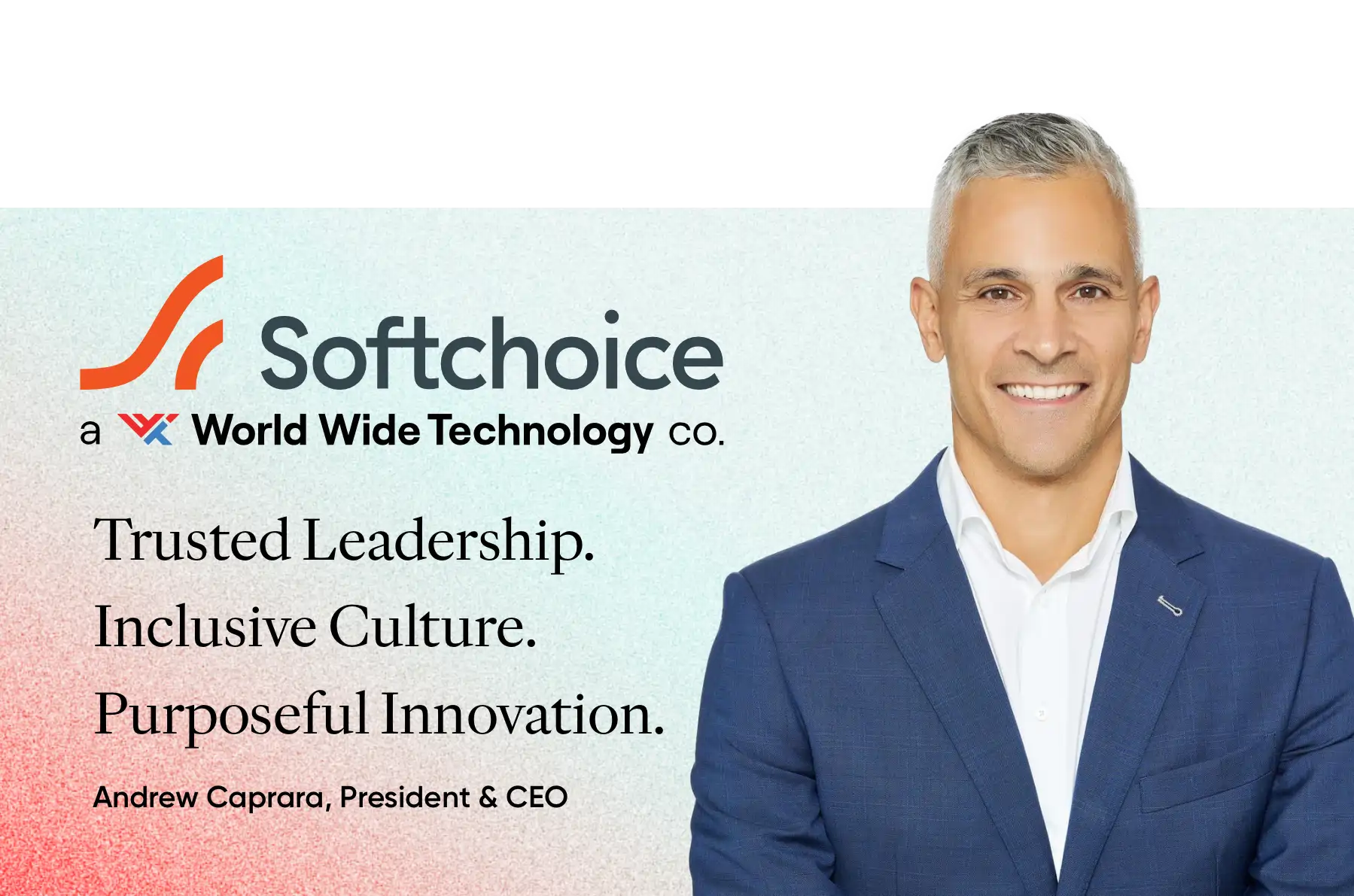
Company Culture, Employee Engagement , Diversity, Inclusion, Equity, Belonging
Company culture and employee engagement are both concepts that are hard to pin down. They are as enigmatic as they are palpable: you can’t see them, but you can certainly feel them, and you know when they are working synchronously and when they are completely out of step. These two key drivers of organizational success are inextricably linked, and the impact culture has on overall engagement is profound. It sets the stage for engagement, involvement, and connection and with the many distractions created by the pandemic and more and more remote-work options, the need to have fully engaged employees is critical. And to improve your employee engagement you most certainly start by examining your culture.
Company culture outlines the behaviours, norms and values that define how an organization interacts in the workspace. It defines expectations and creates a common language and understanding of how things are done. When these elements support engagement factors you create a winning combination. Here’s how:
Culture of Trust > Empowerment > Engagement
When you demonstrate to people you trust them, they will generally prove you right. Trust, as an element of culture, is a foundation from which all healthy employment relationships start. The impact this has on engagement is that employees who feel trusted are secure knowing they can make decisions, that they won’t be micromanaged, and they can make mistakes without fear of reprisal. To show trust and increase engagement:
- Set collaborative goals – have teams identify their own goals using top-down and bottom-up goal development. Share information freely – answer questions, adopt visual scorecards, and keep people informed and up to date on company progress, setbacks and challenges.
- Meet regularly – trust is established through connection. Meet with your people often, both formally and informally, to stay in touch with what is happening and address issues in a timely manner.
- Delegate effectively – use delegation to both increase responsibility and offer development opportunities. People tend to thrive when given more responsibility and they rise to the occasion.
Culture of Fairness > Supportiveness > Engagement
Fair treatment is a universal need. When the work culture is built on fairness, people thrive because they know they can be themselves and that their inherent worth is recognized. This impacts employee engagement in a variety of ways but fundamentally sends a message that the organization supports them, appreciates them and wants them to bring the best of themselves to work every day. To establish fair practices and increase engagement:
- Assess your diversity, equity and inclusion practices – ensure what you are doing is working by talking to your people, identifying gaps in intention and outcome, and continuously evaluating for improvement.
- See people as people – yes, the diversity and inclusion categories are important but ultimately your people are individuals who have unique needs. Create an environment that is inclusive of everyone and allows people to be their authentic selves every day.
- Recognize fairly – examine what behaviours and outcomes you are explicitly appreciating. Do sales and other bottom-line driven metrics dominate? Do you recognize values-based behaviour? Do all people, regardless of their role, tenure, department, location, etc. enjoy the thanks and praise of their leaders and peers?
Culture of Caring > Wellness > Engagement
Healthy cultures recognize the interplay between focussing on strategic corporate goals while balancing quality of life factors that impact employee health and satisfaction. When a culture is underpinned by caring for their people, this balance is much easier to find and maintain. Caring for people means ensuring their quality of life is supported and that their overall wellbeing is important. When people are secure in this knowledge it allows them the time they need to recharge, make healthy choices, and bring their best efforts forward. When people thrive, they do their best work and stay engaged with organizational goals. To keep these goals in synch you can:
- Establish solid work-life balance practices – with the pandemic, work life has changed forever. More and more people are choosing to continue working remotely at least some of the time. This has been an important development for work-life balance and it’s important that you stay on top of what is happening to ensure boundaries are maintained between work life and home life as well as making sure all employees have the time they need to attend to family responsibilities.
- Think in terms of wellness – creating a culture of caring requires a holistic view of promoting a high quality of life for people. That means attending to physical, mental, social, and financial wellness.
- Encourage physical wellness through gym sponsorships, opportunities to get active in the workplace and education programs.
- Support mental wellness with stress management programs, mindfulness exercises and offering mental health days.
- Establish opportunities for employees to connect with each other outside of work to support their social wellness.
- Help employees with financial wellness by offering education and programs that assist with financial planning and providing benefit options that best suit individual needs.
- Build community – the more people feel connected with the organization and their peers the more engaged they will be. Create employee-led committees to plan fun events and generate belonging. Involve employee’s families to extend the social element and further build camaraderie.
Employee engagement is top of mind as organizations dig out from the effects of the pandemic and find their new way of working. This new way of working comes with some reassessment of the norms, behaviours, and expectations that got you where you are today, and they are what form your culture. Now is the perfect time to examine your culture practices to ensure they are promoting and supporting the outcomes you desire and ultimately, supporting employee engagement efforts that encourage and enable your people to do their best work and help you achieve success together.
About Great Place to Work®
Great Place to Work® is the Global Authority on Workplace Culture. We make it easy to survey your employees, uncover actionable insights and get recognized for your great company culture. Learn more about Great Place to Work Certification.






